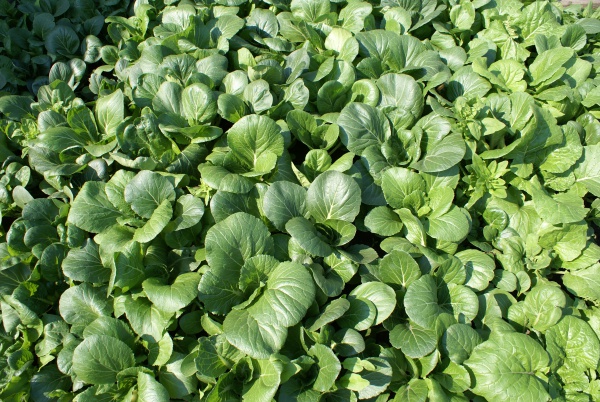Facts About Bok choy
Bok choy, also known as pak choi or pok choi, is a unique type of Chinese cabbage that is distinguished by its non-head forming structure. It features green leaves with thick, bulbous stalks. This vegetable is a staple in Southern China and Southeast Asia, and its popularity is growing in Northern Europe due to its resilience to cold weather. Originally considered a separate species, bok choy is now classified as a subspecies of Brassica rapa, part of the Brassicaceae family, which includes mustards and cabbages.
The name bok choy can be found in various spellings and names. In Cantonese, it is often referred to as "white vegetable." Other variations include pak choi, bok choi, and pak choy. Depending on the region, it may also be called Chinese chard, Chinese mustard, celery mustard, or spoon cabbage. In China, it is known as "qīng cài" and in the Philippines, it is called péchay or pichay.
There are two primary types of bok choy: the traditional variety and Shanghai bok choy. Nutritionally, bok choy is a powerhouse. It is rich in water and packed with vitamins A, C, and K, along with folate, vitamin B6, and calcium. It is considered one of the most nutrient-dense plant foods available.
However, it is important to note that bok choy contains glucosinolates, which can be harmful in large quantities, particularly for individuals with serious health issues. There have been instances, such as an elderly woman who developed hypothyroidism after consuming large amounts of raw bok choy daily to manage her diabetes. Raw bok choy releases an enzyme that can block iodine absorption if consumed excessively over long periods.

 Tajikistan
Tajikistan